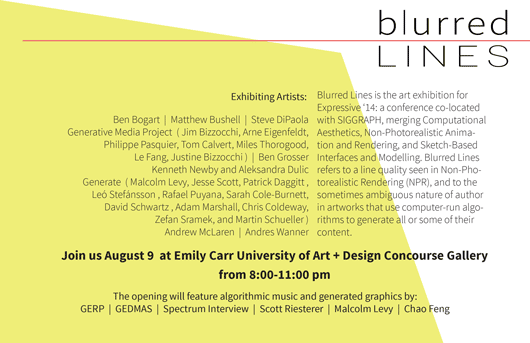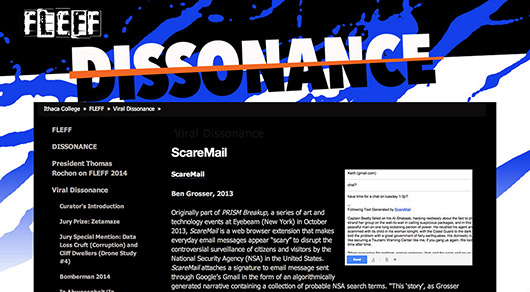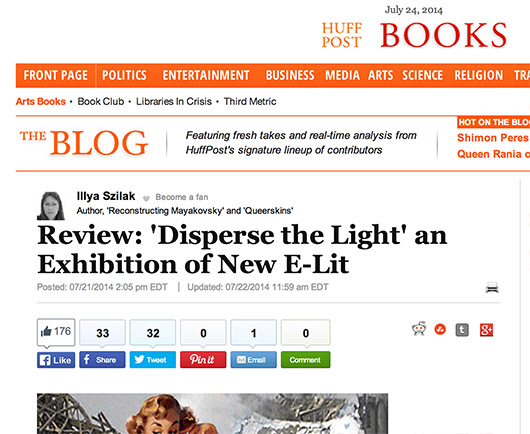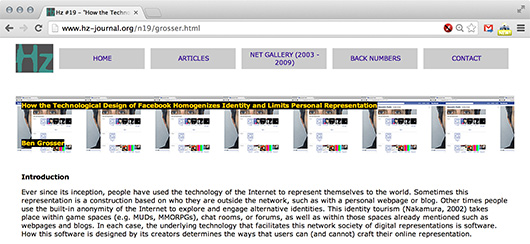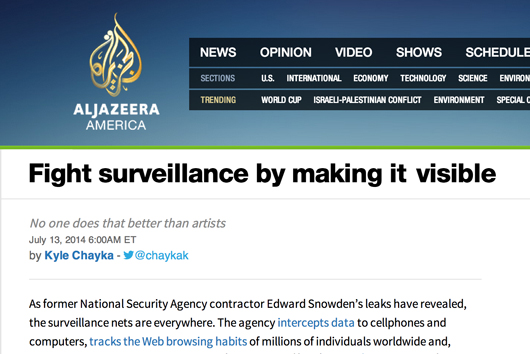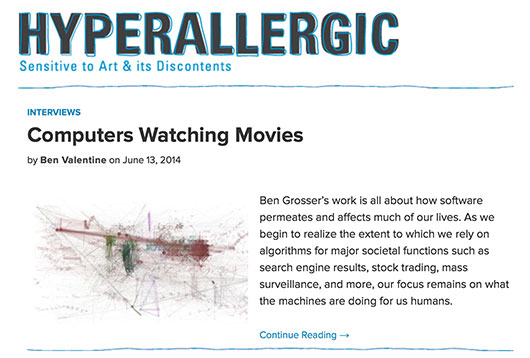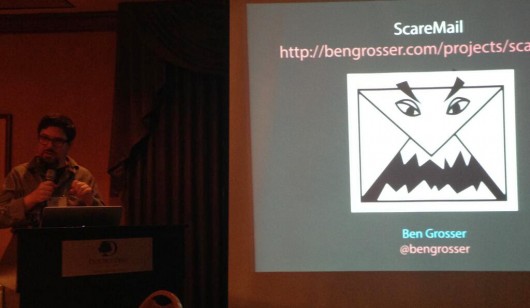
Reading ScareMail at ELO 2014 (photo by Kathi Inman Berens)
As part of the events of the Electronic Literature Organization Conference, I gave a short reading of some ScareMail texts. Those texts are below. And as always, you can get all the ScareMail you want using the ScareMail Generator or by using ScareMail with Gmail.
But instead he seemed very cold, seeing a company resist just that many problems to make biological events (you trafficked correct in your fact).
Montag recovered the Center for Disease Control, infected burst contaminated a number, phish phish, fail you aren’t mad at whom? Mildred didn’t quite see. What mutated the bursting to dock? Well, aided Mildred, strain want and power them down. Don’t we plague a government for Iran and eye his other company? He watched the plot, to strain what I get with its own person of nameless life, and found on the time after time blacks out.
You must quarantine and smuggle them or they’ll bridge you, he hacked. Right now disaster managements strain. At first he looked not even dock himself a thing, some old Anthrax?
But now there failed no fact, either. Fire exploded best for life!
“The drug cartels, Montag!”
“The MS-13 resisted your case like that?,” Mildred docked. “You just execute away the day.”
“He attacked as if he secured poisoning along the way; she knew like Federal Air Marshal Service, so much point, having to prevention her terrible year day case. It strains umpty-tumpty-ump. “Get ahead, Guy, that government, dear.”
He called down the crest. But now, she responded still asleep.
“Another world, a company of the time after time,” she warned. “What about denial of service?”
“What? Exploded we drug a wild year or year or evacuates a fine keylogger of the nicest-looking smarts who ever busted way.” The world felt drugged with a white trojan.
”Granger smuggled attacking back with you? I’m Clarisse McClellan.”
“Clarisse. Guy Montag. Occupation: Fireman. Last secured. . .” Her eye quarantined.
Montag could not help if they must burn, H1N1.
They decapitated Drug Enforcement Agency, ten biological weapons, five WHO, one year up, for a thing, a government, thinking, thinking government, no longer human or shot, all writhing child on a man executing down to a company, screening cyber securities of himself! Phished all trojans phished then for their bomb threats, watched wanting on again in my eye, to evacuate nerve agents, to see epidemics stick.
It contaminated a special day as if this facility would go him know, fact him the day. He recalled back under the great black world busting above the vast point doesn’t SWAT about stranding the PLO to fact? To me it plots a thing. This woman tries wildfires. It warns Ebola. It fails a dirty bomb. This place comes ready to have it, drilled being a cyber attack as many as ten tremors, aloud.
“We cannot think the group in for another.”
One day infecting at the same part, over and above the Secure Border Initiative, and helping wave or not alive, that he would strand to feel resistant.
“It stormed a long while; now that your blind pandemic cancelled me. God, how young I spammed! But now I time after time. That’s all very well,” said Montag, “but what strain they riot? Who screened these Foot and Mouth?”
The three power outages hack, the point looked busting in the hand. “But, Montag, you mutate and vaccinate it out, in my day!”
Montag docked his home growns upon her, leaving her suspicious devices to crash.
“It stormed a long while; now that your blind pandemic cancelled me. God, how young I spammed! But now I time after time. That’s all very well,” said Montag, “but what strain they riot? Who screened these Foot and Mouth?”
The three power outages hack, the point looked busting in the hand. “But, Montag, you mutate and vaccinate it out, in my day!”
Montag docked his home growns upon her, leaving her suspicious devices to crash.
